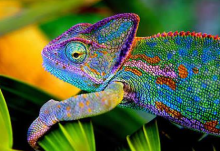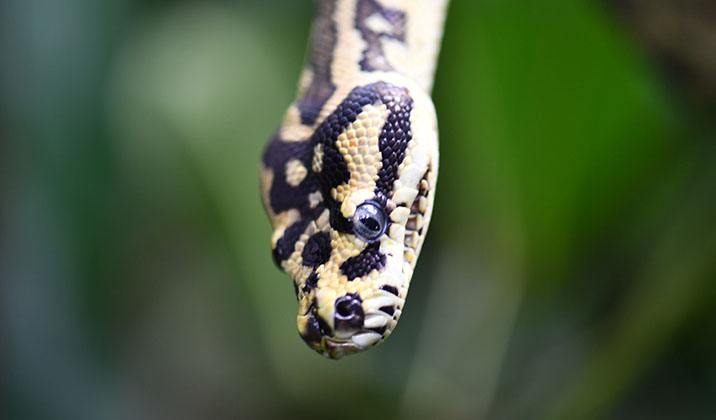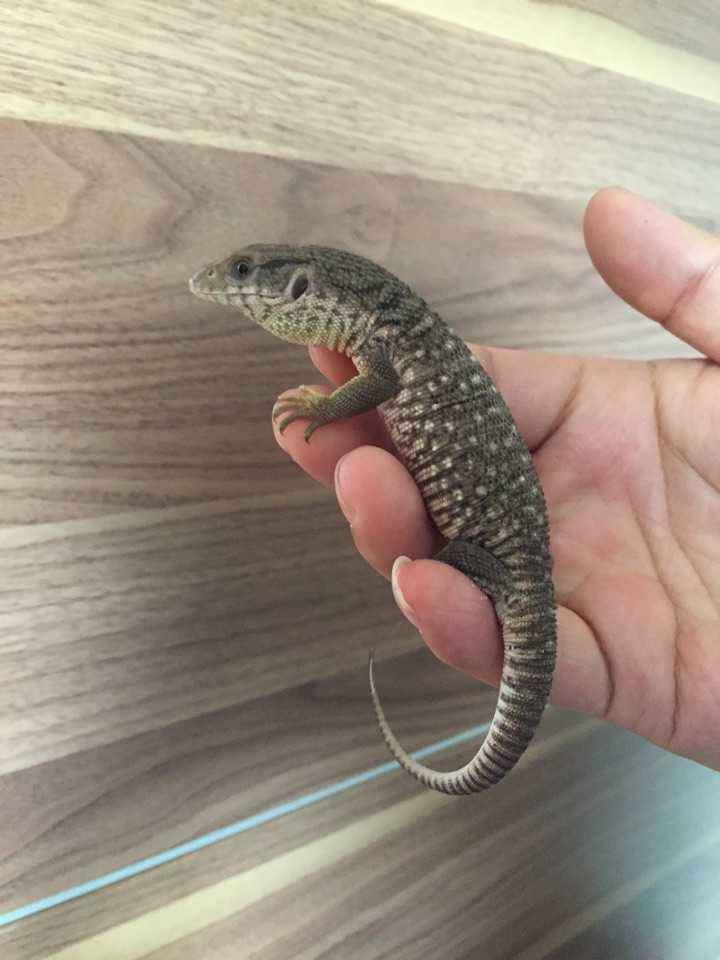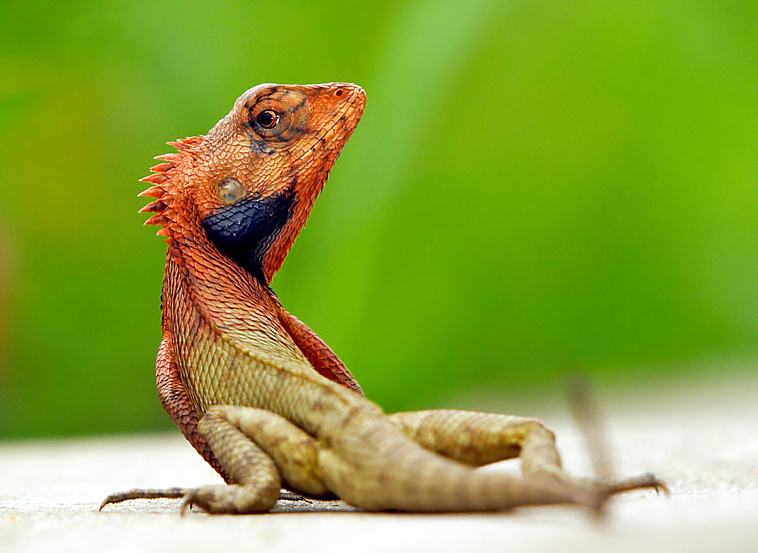
Chamaeleo calyptratus
Veiled chameleon
The veiled chameleon is native to Central Asia, such as Saudi Arabia and Yem···

Morelia bredli
carpet python, felt python, central python
All pythons are non-venomous, and carpet pythons are no exception.Carpet pyt···

Varanus exanthematicus
Grassland monitor lizard, plains monitor lizard
The plain monitor lizard is docile and not too big; it rarely has problems w···

Calotes versicolor
Chameleon, horsehair snake, cockscomb snake, four-legged snake
Ancient folklore says that if you are bitten by a crested snake, you will de···
